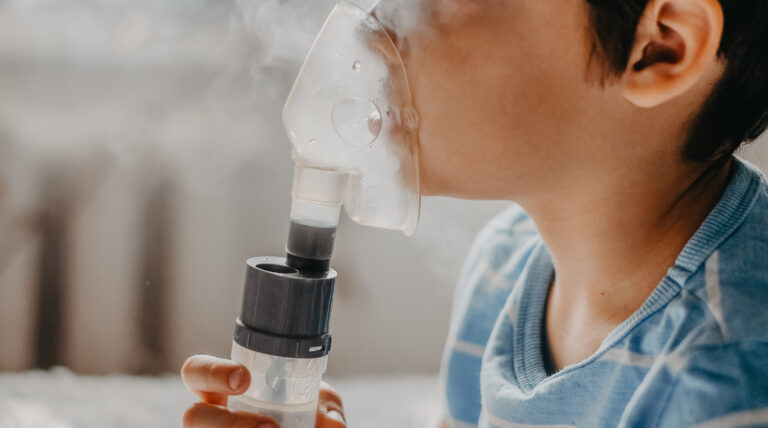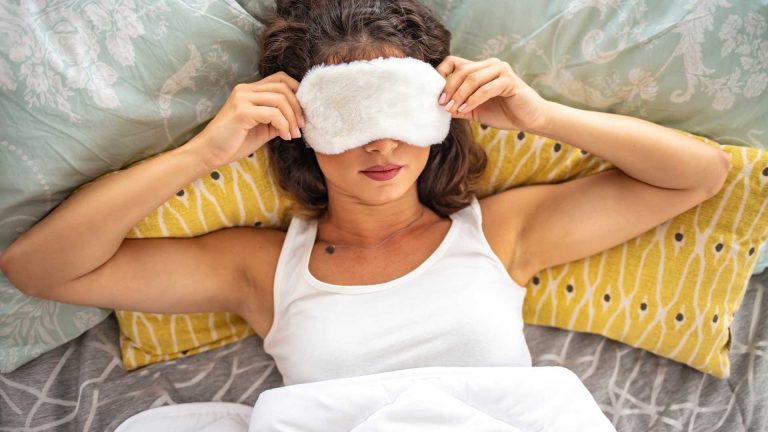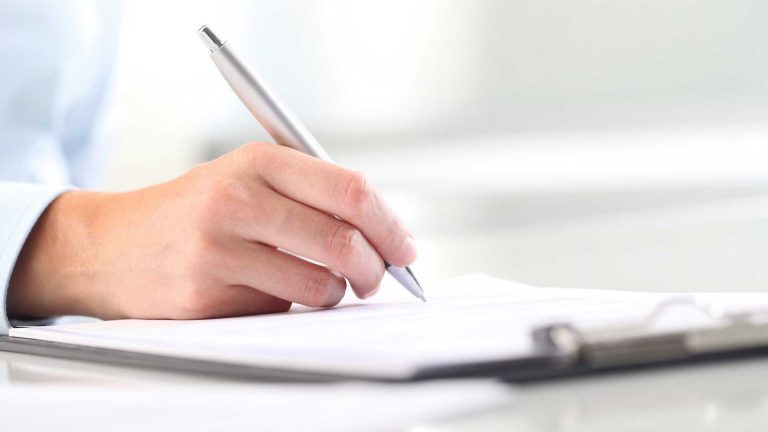What You Need to Know About Air Travel with a POC
After over a year of avoiding travel, everyone is in need of a vacation. Those who rely on supplemental medical oxygen are not permitted to bring oxygen tanks onto planes, but many can still take advantage of air travel with the aid of a portable oxygen concentrator (POC) and a little preparation. Whether you’re planning a trip domestically or across international borders, here are some helpful tips to make your travel experience hassle-free.
Pre-Flight Planning
• Consult with a physician. Before departure, travelers should review their plans in detail with a healthcare provider. A plane’s cabin conditions can affect how travelers may need to use their POC. To help evaluate in-flight supplemental oxygen requirements, physicians may recommend travelers undergo a Hypoxia Altitude Simulation Test (HAST). This relatively simple preflight procedure simulates some of the in-flight conditions that travelers face at maximum cruising altitude.
• Consult with the airline(s). At least 48 hours prior to departure, contact your airline(s) to let them know you will be traveling with a POC. They may require a physician’s note detailing your oxygen needs. Some airlines offer access to in-flight medical oxygen for an additional fee. International travel may require additional paperwork to be completed in advance of departure date.
• Verify POC equipment is FAA-approved. The FAA maintains a list of approved POCs that comply with its regulations for use during air travel. Precision Medical’s Portable Oxygen Concentrators are FAA-approved.
Travel Day Tips
• Ensure batteries are fully charged and packed correctly. Most airlines require POC users to bring enough batteries to power their POC for a minimum of 150% of the trip’s duration. Bring enough power to account for drive time, layovers, and unexpected delays, such as gate holds. Extra batteries must be carefully packed in carry-on baggage with all exposed terminals/electrical contacts taped or otherwise protected from contacting other items. As they are considered medical devices, POCs and associated batteries are not counted against a traveler’s carry-on baggage allowance.
• Arrive early and notify the airline that you are traveling with a POC. Travelers should arrive at their departure gate at least one hour before boarding to allow airline staff adequate time to make any necessary accommodations. Travelers may also need to fill out POC-related paperwork, present physician’s statements, and/or demonstrate that they are able to respond to any alarms the POC may present during travel.
• Bring prescriptions and POC documentation. Travelers should always carry their prescriptions with them. The FAA recommends travelers using POCs also carry operating instructions from the manufacturer.
Fly with Confidence and Comfort
Air travel with a portable oxygen concentrator can be a safe and comfortable experience with proper preparation. To learn more about how Precision Medical can help people live actively and enhance the air travel experience, please contact us.







